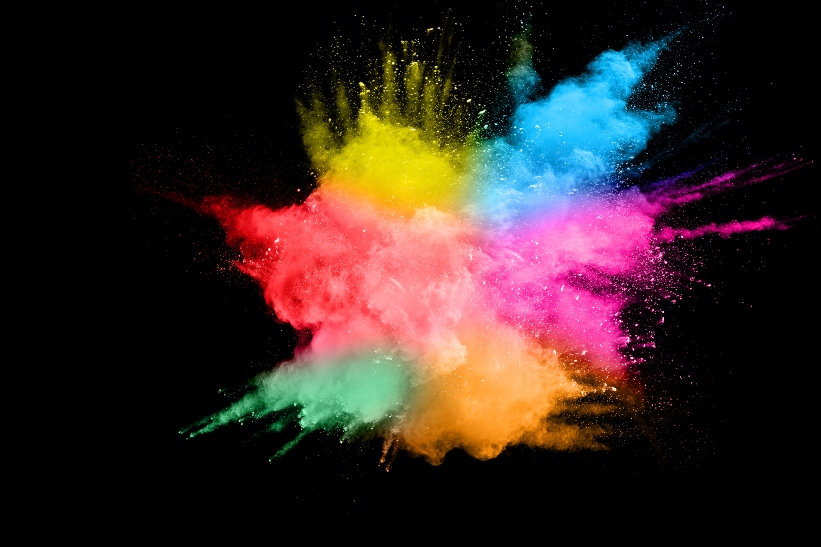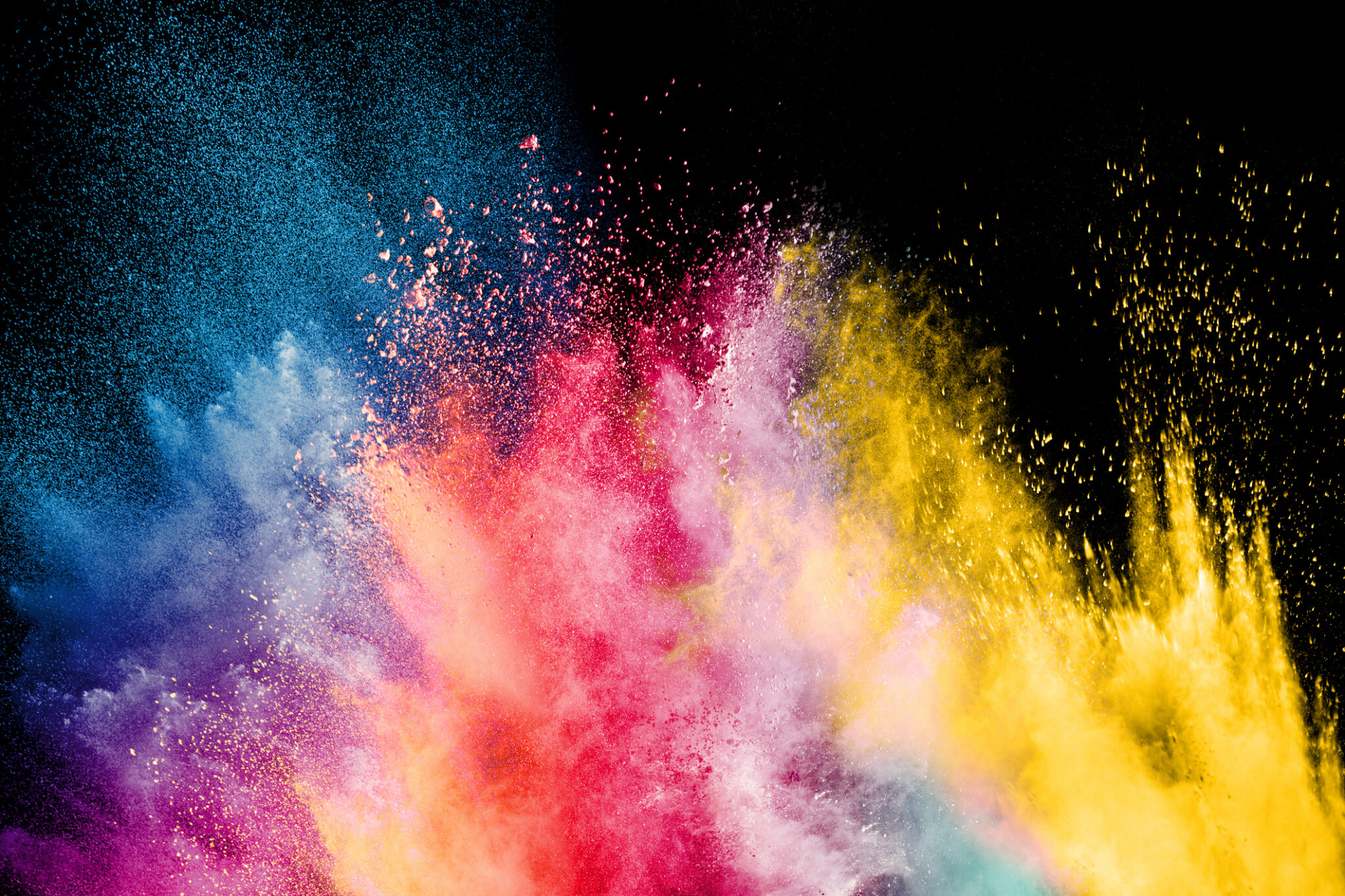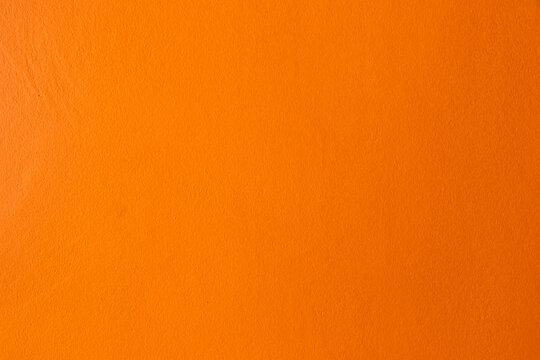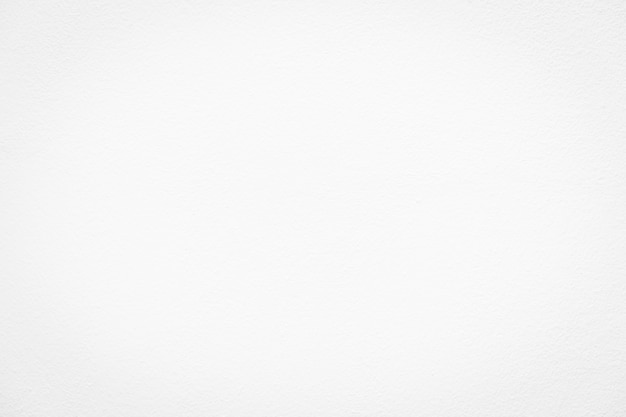The Psychology of Color Therapy: Healing Effects of Different Colors
Imagine walking into a room bathed in soft, warm light. How does it make you feel? Perhaps it evokes a sense of calm, or maybe it energizes you. Now picture a different space, this one illuminated by harsh, cold lighting. Does your mood shift? If you’ve noticed these subtle changes in your emotions based on the colours around you, you’ve already experienced the essence of colour therapy. The psychology of colour therapy is a fascinating field that delves into how different colours can influence our emotions, thoughts, and even physical health.
What is Color Therapy?
Colour therapy, also known as chromotherapy, is an alternative healing practice that uses the energy of colours to balance and harmonize the body and mind. It's rooted in the belief that each colour in the spectrum has its own unique frequency and vibration, which can affect our well-being in various ways. While it may sound mystical, the practice of using colour for healing dates back thousands of years, with roots in ancient Egyptian, Chinese, and Indian cultures.
In modern times, colour therapy is often used alongside other treatments to promote relaxation, reduce stress, and support emotional well-being. Practitioners use coloured lights, crystals, or visualization techniques to expose individuals to specific colours, each chosen to target a particular physical or psychological issue.
The Psychology Behind Color Perception
To understand how colour therapy works, it’s essential to first explore how we perceive colours. When light hits an object, it absorbs certain wavelengths and reflects others. The wavelengths that are reflected determine the colour we see. These colours, in turn, influence our brains and emotions in unique ways.
For example, the colour red has a shorter wavelength and is associated with energy, passion, and excitement. On the other hand, blue has a longer wavelength and is often linked to calmness and tranquillity. These associations are not just cultural but are also rooted in biology. Research shows that exposure to different colours can cause physiological changes, such as variations in heart rate, blood pressure, and even hormone levels.
The Healing Effects of Different Colors
Let’s delve into how specific colours can impact our emotions and well-being:
1. Red: The Energizer
Red is a powerful, stimulating colour that is often associated with love, passion, and energy. It’s known to increase blood circulation and raise energy levels, making it an excellent choice for combating fatigue or lethargy. However, too much red can also lead to feelings of anger or aggression, so it’s important to use this colour mindfully.
In colour therapy, red is often used to boost vitality and stimulate the body’s natural healing processes. It’s particularly beneficial for those suffering from low energy levels, anaemia, or circulation issues.
2. Orange: The Uplifter
Orange combines the energy of red with the joy of yellow, creating a colour that is both stimulating and uplifting. It’s often associated with enthusiasm, creativity, and warmth. Orange is believed to help alleviate depression, increase socialization, and boost self-esteem.
ColorColour therapists might use orange to help individuals dealing with emotional blockages or a lack of motivation. It’s a colour that encourages optimism and a positive outlook on life.
3. Yellow: The Optimist
Yellow is the colour of sunshine, happiness, and intellect. It’s associated with clarity of thought, wisdom, and communication. Yellow is believed to stimulate the nervous system, sharpen memory, and encourage communication. However, too much yellow can sometimes lead to feelings of anxiety or nervousness.
In therapy, yellow is often used to help with mental exhaustion, concentration issues, or digestive problems. It’s a colour that promotes joy and positivity, making it ideal for those who need a mental and emotional boost.
4. Green: The Balancer
Green is the colour of nature, growth, and balance. It’s soothing and calming, often associated with healing and tranquillity. Green is believed to promote physical and emotional balance, making it an excellent choice for stress relief and relaxation.
In colour therapy, green is used to bring harmony to the body and mind. It’s particularly beneficial for those dealing with anxiety, heart issues, or stress-related conditions. Green is also thought to help with emotional healing, providing a sense of renewal and peace.
5. Blue: The Calmer
Blue is a cool, calming colour that is often linked to peace, trust, and serenity. It’s known to lower blood pressure, reduce heart rate, and promote relaxation. Blue is particularly effective in helping to alleviate stress, anxiety, and insomnia.
Colour therapists use blue to soothe the mind and body, making it a go-to colour for relaxation and stress relief. It’s also used to enhance communication and self-expression, as it’s associated with the throat chakra in traditional Indian medicine.
6. Purple: The Spiritual Enhancer
Purple combines the stability of blue with the energy of red, creating a colour that is often associated with spirituality, luxury, and creativity. It’s believed to stimulate the imagination and inspire high ideals. Purple is also linked to the crown chakra, which is associated with spiritual enlightenment.
In colour therapy, purple is used to calm the mind, enhance meditation, and promote spiritual growth. It’s a colour that encourages introspection and the exploration of higher consciousness.
7. Pink: The Comforter
Pink is a gentle, nurturing colour that is often associated with love, compassion, and kindness. It’s a soothing colour that can help calm emotions and reduce feelings of aggression or anger. Pink is also linked to self-love and emotional healing.
Colour therapists use pink to promote feelings of comfort and security, making it an excellent choice for those dealing with emotional wounds or seeking to foster a sense of self-compassion.
8. White: The Purifier
White is the colour of purity, innocence, and clarity. It’s often associated with cleanliness, simplicity, and new beginnings. White is believed to have a cleansing effect on the mind and body, promoting a sense of peace and tranquillity.
In therapy, white is used to purify the body and mind, helping to clear away negative energy and promote healing. It’s also associated with spiritual growth and enlightenment, making it a powerful colour for those seeking clarity and direction.
How to Incorporate Color Therapy into Daily Life
You don’t need to visit a colour therapist to benefit from the healing power of colours. There are simple ways to incorporate colour therapy into your daily life:
1. Home Decor:
Use colours that promote the feelings you want to experience in different rooms of your home. For example, use calming blues and greens in the bedroom for relaxation, and energizing reds and oranges in the living room or home office.
2. Clothing:
The colours you wear can influence your mood and energy levels. Choose colours that align with how you want to feel each day. For example, wear yellow for a boost of confidence or blue for a sense of calm.
3. Visualization:
Spend a few minutes each day visualizing yourself surrounded by a specific colour. This simple meditation can help you harness the energy of that colour and apply it to your life.
4. Lighting:
Use coloured lights or candles to create a specific ambience in your space. For example, use soft pink lighting for a calming, nurturing atmosphere, or bright yellow lighting for an uplifting, energizing vibe.
The Relevance of Color Therapy in Modern Life
In today’s fast-paced, technology-driven world, the need for simple, effective ways to manage stress and enhance well-being has never been greater. Colour therapy offers a gentle, non-invasive approach to achieving balance and harmony in our lives. It’s a practice that encourages us to reconnect with the natural world and the subtle energies that surround us.
Whether you’re dealing with physical ailments, emotional challenges, or simply seeking to enhance your overall well-being, colour therapy provides a versatile and accessible tool for healing and growth. As we continue to explore the mind-body connection and the impact of our environment on our health, the relevance of colour therapy in modern life becomes increasingly apparent.
Conclusion: The Colors of Your Life
The psychology of colour therapy is a powerful reminder of the profound impact that our environment can have on our well-being. By understanding the healing effects of different colours, we can make conscious choices that support our physical, emotional, and spiritual health. Whether you choose to incorporate colour therapy into your home, wardrobe, or daily routine, the possibilities are as endless as the colours of the rainbow.
So next time you find yourself drawn to a particular color, take a moment to consider what it might be offering you. Perhaps it’s a burst of energy, a sense of calm, or a spark of creativity. Whatever it may be, remember that the colours of your life are more than just a backdrop they are a vibrant, dynamic part of your journey toward health and happiness.












Comments
Post a Comment